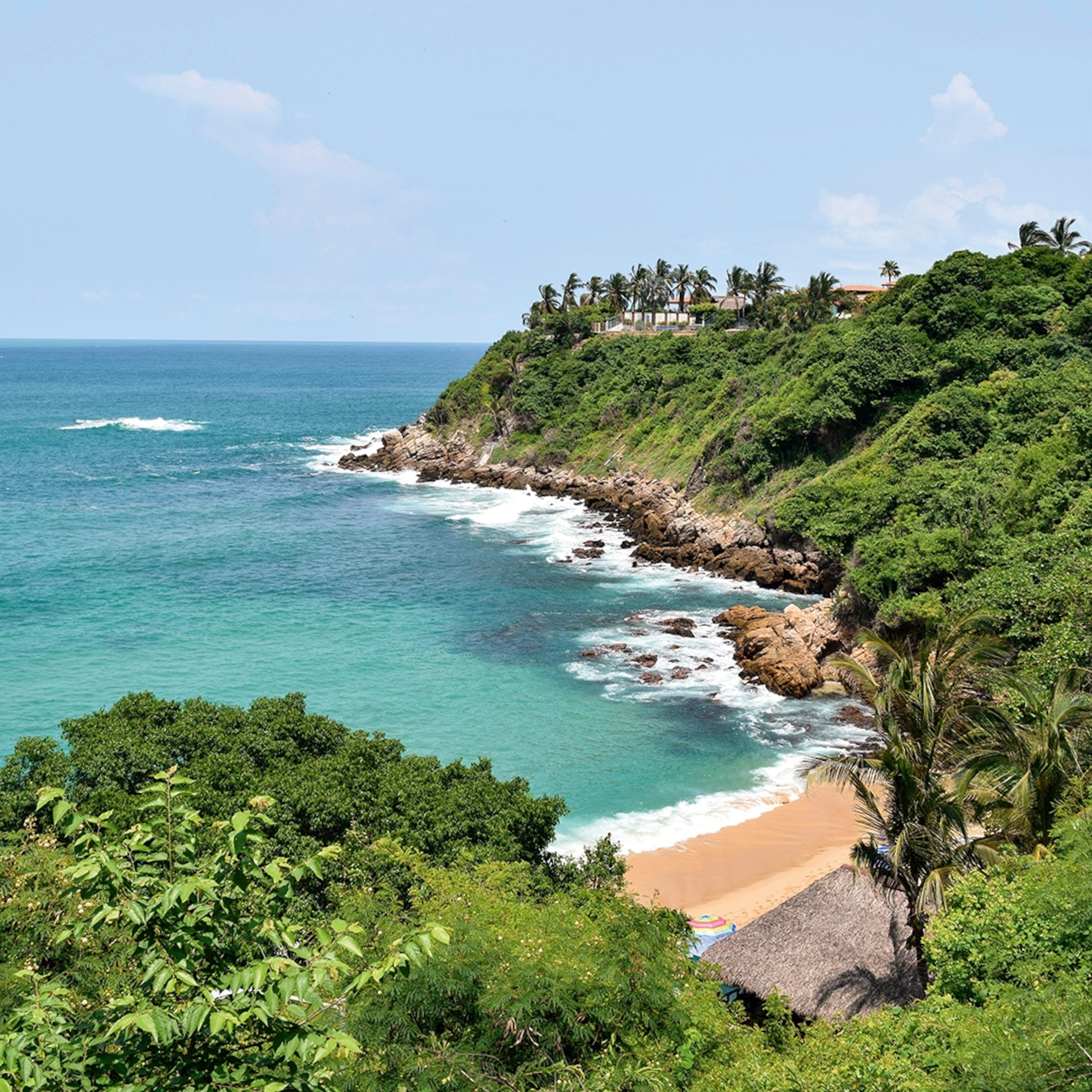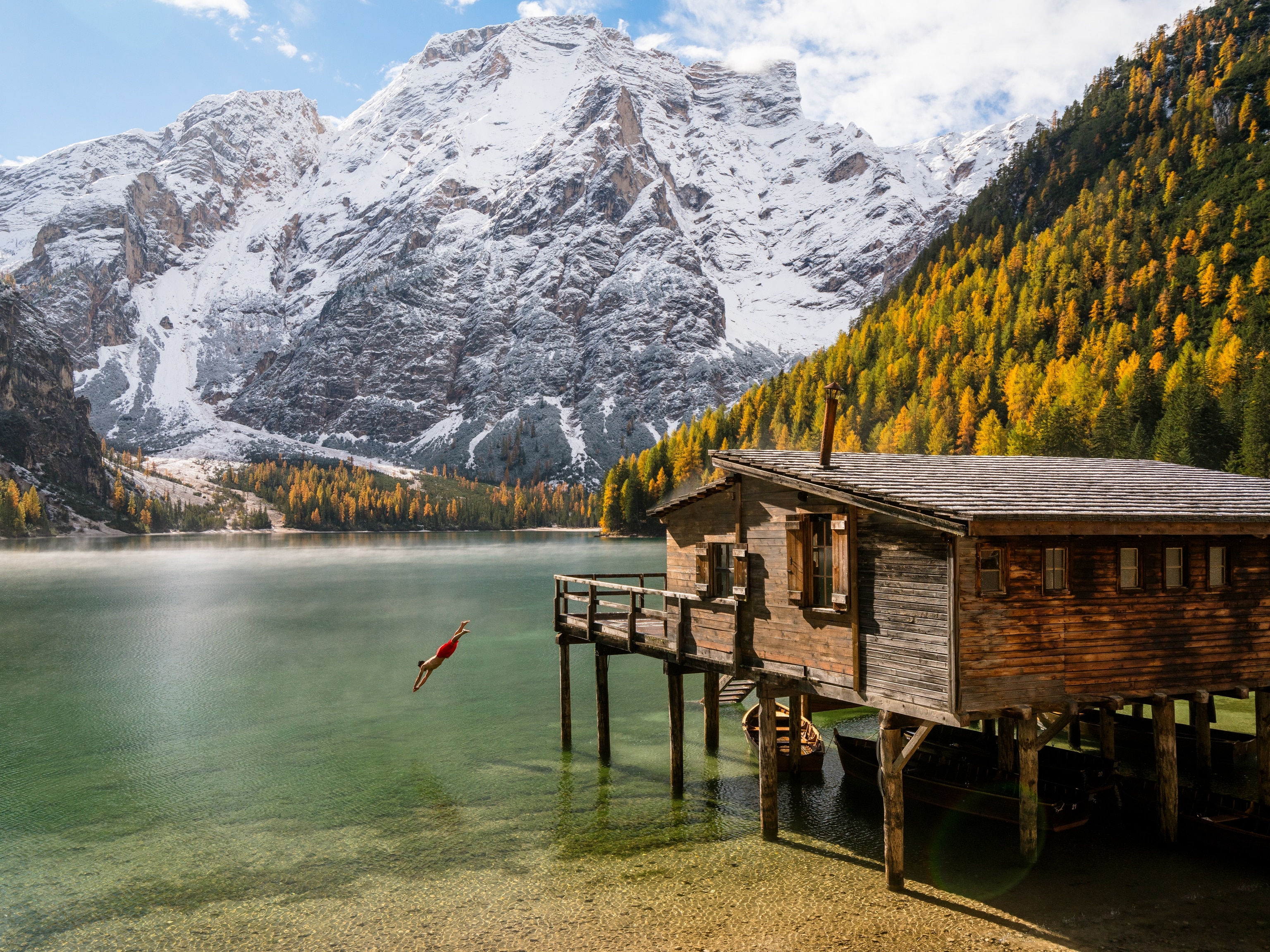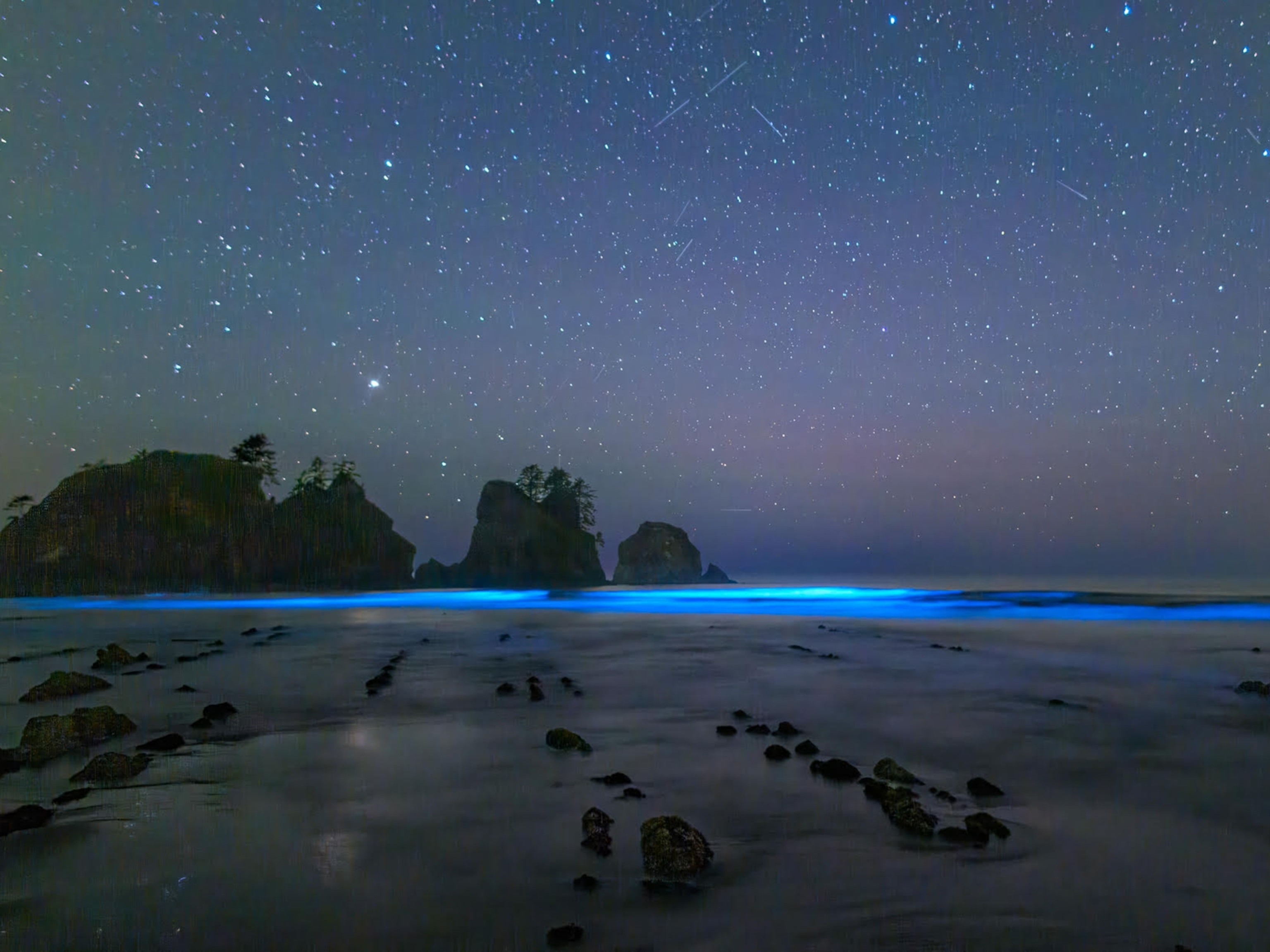
The Ultimate Southern Adventure: West Virgina
Explore your favorite food, music, parks, and more in West Virginia.
Experience the Culture
Discover West Virginia’s rich railroad, riverboat, and Civil War history in the Wheeling National Heritage Area. Wheeling, home to the state’s birthplace—West Virginia Independence Hall—is located on the Northern Panhandle. On the Eastern Panhandle, drive the Washington Heritage Trail National Scenic Byway to visit colonial, Civil War, and early industrial sites in historic Jefferson, Berkeley, and Morgan Counties.

Best Bets: Celebrate local culture at fall events such as the Wheeling Heritage Port Sternwheel Festival and Oglebayfest. Fall is a particularly picturesque time to travel the trail and offers a bounty of seasonal celebrations such as the Mountain Heritage Arts and Crafts Festival and Mountain State Apple Festival. In southern West Virginia, drive the Coal Heritage Trail National Scenic Byway to see reclaimed mining lands, coal company towns, and other National Coal Heritage Area landmarks.
Insider Tip: In Beckley, watch artisans at work and buy one-of-kind pieces at Tamarack artisan retail center. April to November, take an underground tour at Beckley’s Exhibition Coal Mine.
Don’t Miss: New River Train Excursions in Huntington celebrates its 50th anniversary in 2016.
See the Cities
The Mountain State’s five biggest cities—Charleston, Huntington, Parkersburg, Morgantown, and Wheeling—are easy to navigate and exude a charming, small-town vibe. Charleston’s hippest enclave is East End. Visit on a second or third Saturday, May through September, to browse the East End Bazaar Open-Air Artisan Market. Stroll around Huntington’s Old Central City, regionally known for its collection of antique shops and the Wild Ramp at Central City Market, a nonprofit space for local artisans and food producers. In Parkersburg, Mulberry Lane Country Store stocks a wide selection of regional products, includingUncle Bunk’s old-time Appalachian specialties.

Best Bets: In the capital city, Charleston, visit the indoor-outdoor Capitol Market to buy local and West Virginia-made items, such as Blenko glass decanters, bottles, and bowls. Morgantown’s Appalachian Gallery, housed in the 1902 brick-and-stone “Sandcastle” building, sells original works by West Virginia artisans.
Insider Tips: From Parkersburg, it’s a scenic 35-mile (56-kilometer) drive east to Berdine’s Five and Dime, a Harrisville landmark since 1908. Andrew White is a Morgantown luthier (stringed instrument maker), and you can visit his Andrew White Guitars studio and showroom. Shop for a handcrafted or factory-made (based on his designs) White guitar while you talk to the artist about his process.
Don’t Miss: Centre Market (built in 1853) in Wheeling is one of the oldest market houses in the country.
Explore the Parks
West Virginia’s six national parks are truly wild and wonderful. In the far northeastern part of the state, Harpers Ferry National Historical Park preserves a small historic town at the convergence of the Potomac and Shenandoah Rivers. For a taste of nature, head south to National Park Service units protecting three grand rivers. Farthest south is the 10.5-mile (17-kilometer) section of the Bluestone National Scenic River. Going north, the second river is the 70,000-acre (28,328-hectare) New River Gorge National River. Take in the view 876 feet (267 meters) above the river on the New River Gorge Bridge. River number three is the farthest north, at the Gauley River National Recreation Area, home to thrilling Class V+ white water.
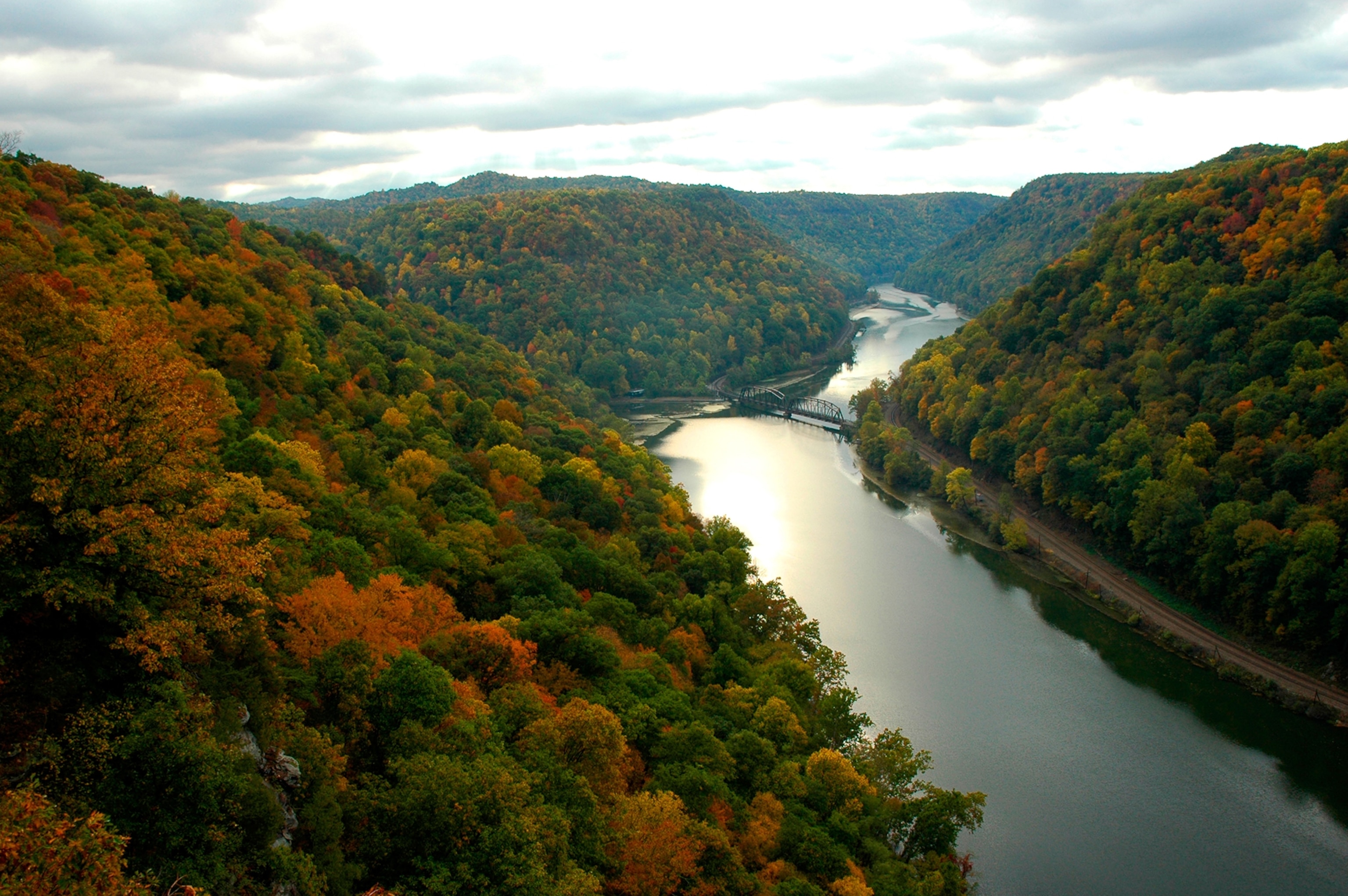
Best Bet: Explore 20 miles (32 kilometers) of hiking trails at Harpers Ferry with A Walker's Guide to Harpers Ferry 7th Edition by David T. Gilbert.
Insider Tip: No camping is allowed in the Bluestone National Scenic River area. The closest campgrounds are at either end of the protected river in Pipestem Resort State Park and Bluestone State Park.
Don’t Miss: Watch extreme BASE (BASE stands for Building, Antenna, Span, and Earth) jumpers leap from the New River Gorge Bridge on Bridge Day on the third Saturday of October.
Hear the Music
The toe-tapping sounds of Appalachian folk and bluegrass music fill the air across the mountains and valleys of West Virginia. In Shepherdstown, join a Thursday night acoustic jam session at O’Hurley’s General Store or attend a folk music concert or dance sponsored by Shepherdstown Music and Dance. Register for one of the Upper Potomac Music Weekends to hone your fiddling, piping, hammered dulcimer, or strumming skills. In Charleston, the popular Mountain Stage With Larry Groce public radio show is recorded live most Sunday nights at the Culture Center Theater or, on occasion, the Charleston Clay Center for the Arts and Sciences.

Best Bet: Travel on I-81 to discover other live-music venues—such as the Pocahontas County Opera House in Marlinton—where fiddle and banjo players regularly take the stage.
Insider Tips: Carnegie Hall (one of only four Carnegie Halls in continuous use) in Lewisburg hosts live, evening music sessions on the lawn on the second and fourth Thursdays from June to August.
Eat Local
Pawpaw, ramps, buckwheat: Try them all—and some more conventional ingredients, too—on a homegrown West Virginia food tour. Pawpaw—green-skinned fruit with yellow-orange pulp—is in season September and October. Eat it fresh or blended into a creamy scoop as a store special in season at Ellen’s Homemade Ice Cream in Charleston. Ramps, aka wild leeks, are like onions with a more pungent punch. Richwood hosts the yearly Feast of the Ramson (the European name for ramps), with its Ramps Recipe contest. For a list of West Virginia ramp dinners, visit Ramps! The King of Stink.
Best Bet: Pepperoni rolls—pepperoni baked into dough—are a more familiar West Virginia favorite. Get your snack on at the Country Club Bakery in Fairmont, which whips up as many as 900 rolls each weekday.
- National Geographic Expeditions
Insider Tip: Buckwheat, a onetime booming crop, is still grown in West Virginia and celebrated at September’s Buckwheat Festival in Kingwood, near Morgantown. Becky’s Café in Kingwood serves buckwheat pancakes throughout the year.
Don’t Miss: Celebrate the state’s local farm heritage by picking your own homegrown crops (such as pumpkins in the fall and blackberries in late summer) at Orr’s Farm Market in Martinsburg.
Don’t Miss: Listen to live, Appalachian-based acoustic music seven nights (and a couple of afternoons) a week at the Purple Fiddle in Thomas.
Get Outside
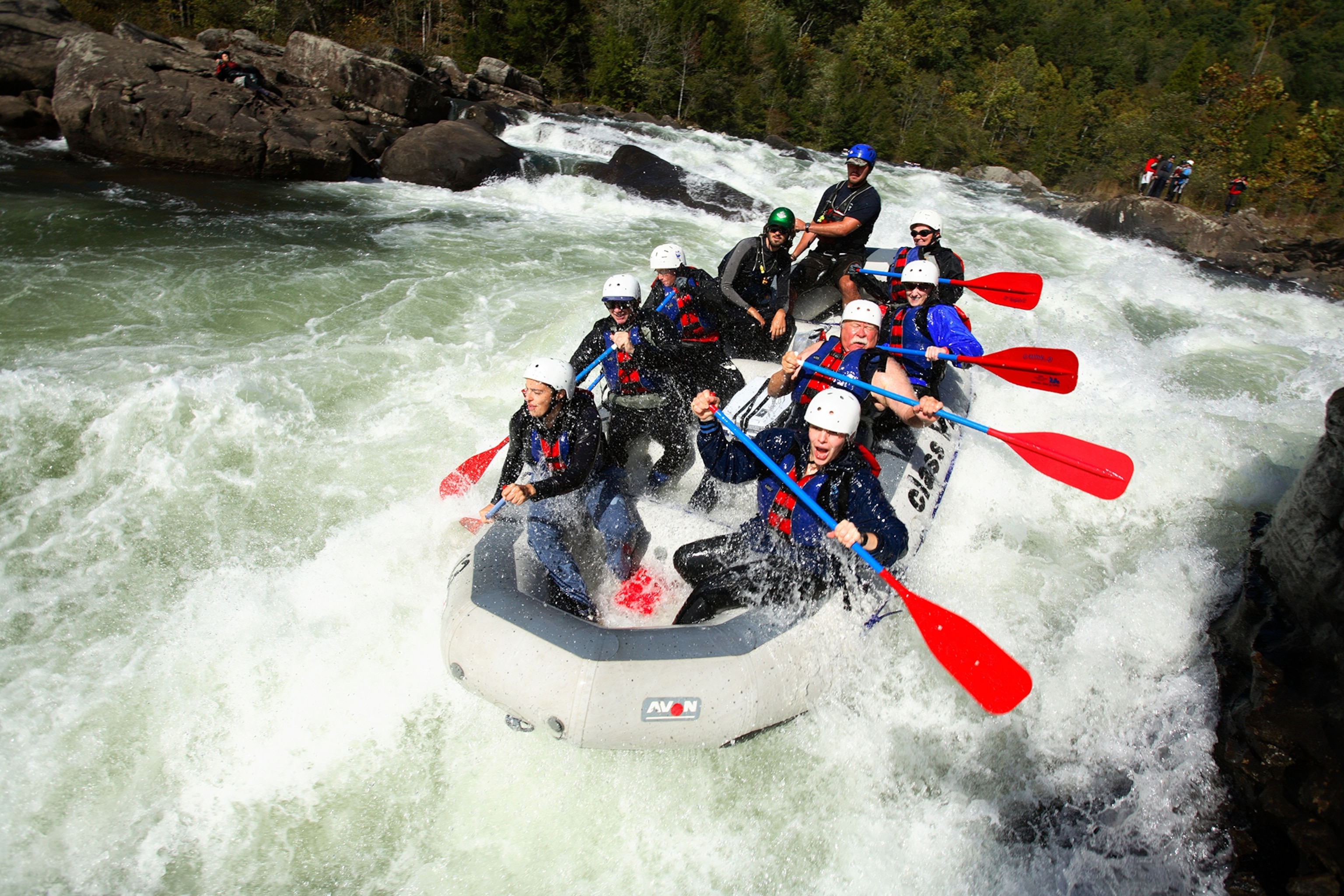
West Virginia more than lives up to its “wild, wonderful” billing. The state has world-class white water, and running the Gauley River with an outfitter such as New & Gauley River Adventures is considered the top trip. The prime Gauley white-water season is short—just 22 days in the fall—so book early. For mountain bikers, explore from such spots as the 10.5-mile (17-kilometer) Blackwater Canyon Trail, formerly a path for hauling coal and lumber, near Davis; the Mon River Rail Trails, which include 48 miles (77 kilometers) of rural and urban trails near Morgantown; and the very challenging 24.2-mile (38.9-kilometer) North Fork Mountain Trail near Franklin.
Best Bet: Take to the skies with the Wild Blue Adventure Company, which features flights in a World War II Stearman biplane over such sights as the New River Gorge and the headwaters of the Gauley. For those with the stomach for it, the pilot will do some thrilling swirls, loops, flips, and other aerial acrobatics.
Insider Tip: Become a State Park VIPP (Very Important Parks Person) and earn a $25 gift certificate by visiting 20 West Virginia state parks or forests. In the Charleston region, for example, get stamps on your membership card at 9,300-acre (3,764-hectare) Kanawha State Forest, 3,144-acre (1,272-hectare) Beech Fork State Park, or 4,000-acre (1,619-hectare) Chief Logan State Park.
Don’t Miss: Snowshoe Mountain is an all-season resort offering adventure possibilities such as zip-lining and off-roading in summer and snow skiing and snowmobiling in winter.

